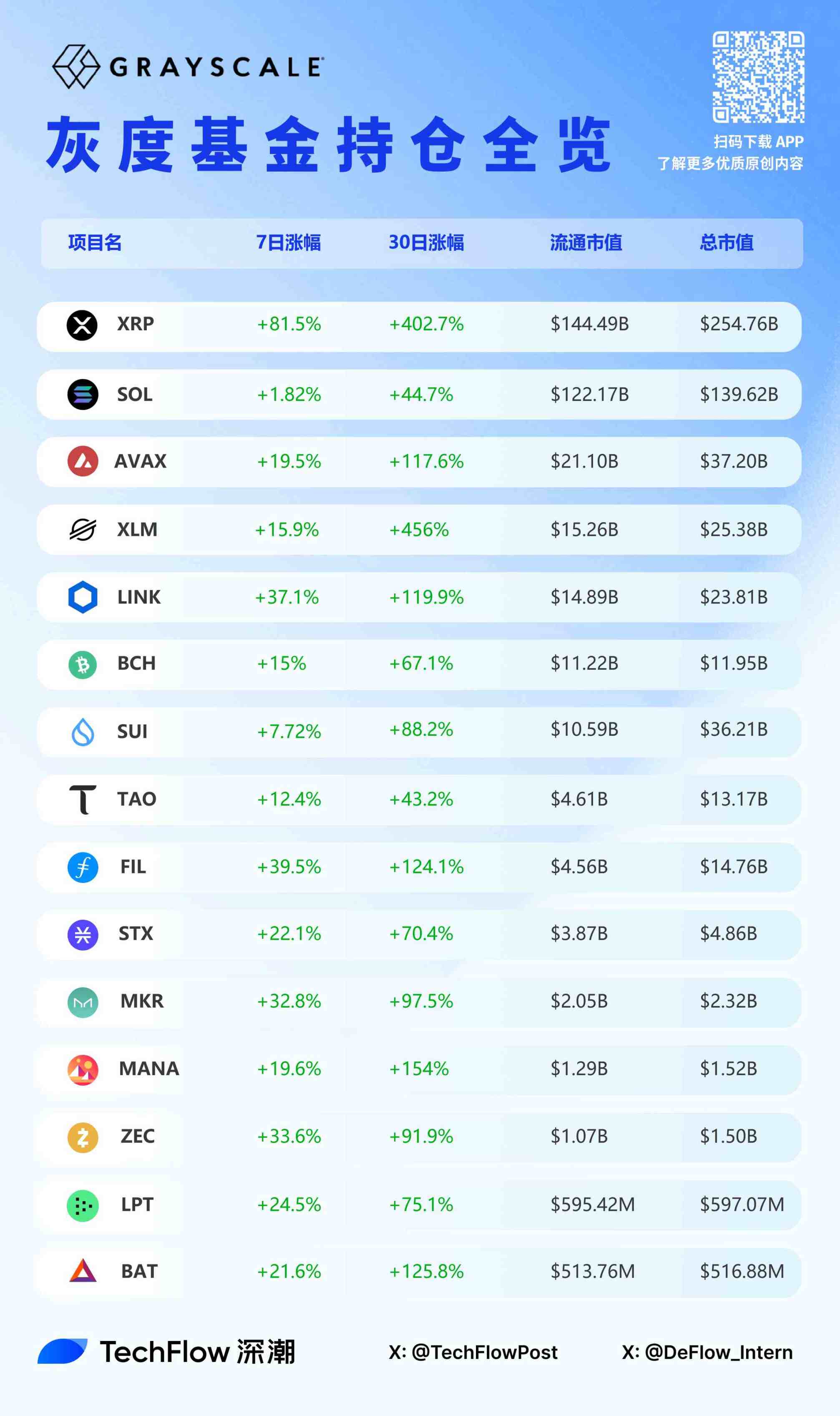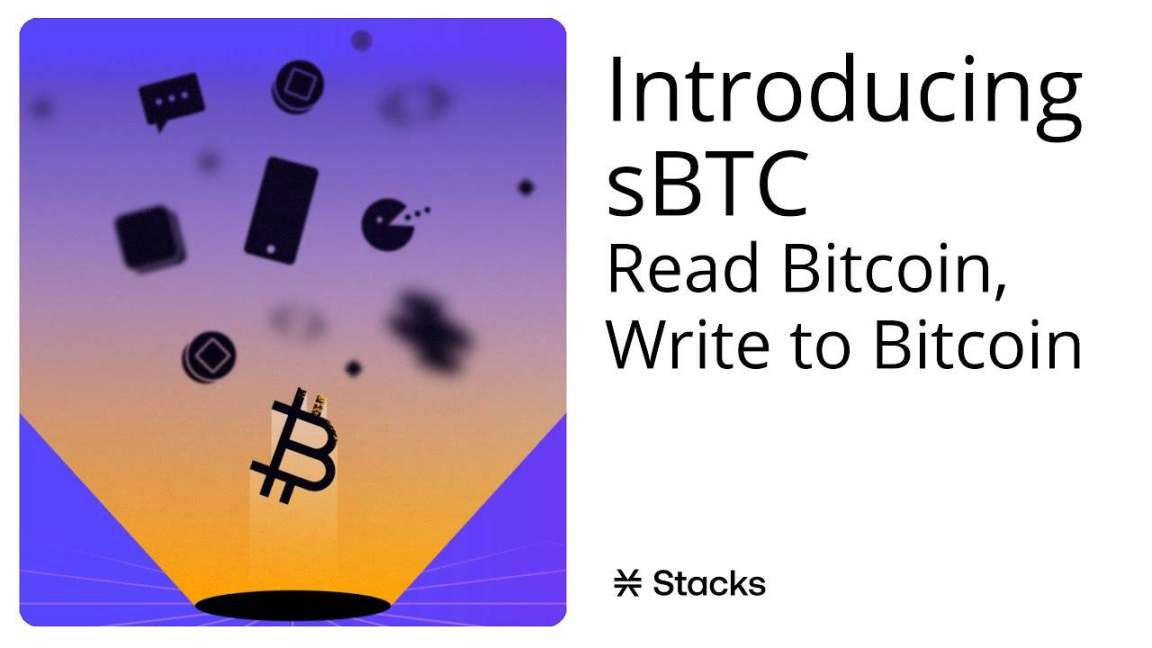Author: TechFlow
After much anticipation, the copycat season has finally arrived.
The Altcoin Season Index broke through 88, a record high, which means that 87 of the top 100 projects by market value had a 90-day increase that exceeded that of Bitcoin. Surprisingly, old coins such as XRP, HBAR, and XLM had astonishing increases.
This may be the new Trump deal.
With Trump's victory in the election, the market began to plan ahead for possible policy dividends. The potential policy revealed by the Trump camp showed that US crypto assets may be exempted from capital gains tax, which immediately attracted the attention of traditional funds. In this context, US crypto projects with strong regulatory compliance and traditional institutional backgrounds have become the focus of institutional investors.
In addition to qualified assets, there also needs to be a suitable channel to facilitate institutional entry. For example, the asset has been listed on Coinbase or Grayscale Select and has a corresponding Grayscale trust product.
According to statistics from TechFlow, over the past 30 days, the average increase in Grayscale Trust's assets, calculated by weighted market capitalization, reached 218.27%.

According to this idea, which assets will get attention next, given that they are compliant with the US and are also grayscale concepts?
Perhaps you need to pay attention to Stacks (STX), a leading project in the BTC ecosystem. As one of the only two cryptocurrencies that have passed SEC compliance review, STX has completed an extremely rare Regulation A+ issuance and is one of the few crypto assets approved for public sale to retail investors in the United States.
In addition, STX is also a Grayscale concept coin and can be purchased directly through Grayscale trust products.

What’s more, today’s STX is very different from what it was a few months ago. After the Nakamoto upgrade, it became a true Bitcoin Layer2.
Before this, Stacks' transaction confirmation needed to wait for the Bitcoin network to generate a new block, which often took up to an hour to confirm. However, through Nakamoto's upgraded "fast block confirmation" mechanism, the transaction confirmation time has been shortened to a few minutes, while maintaining the same security as the Bitcoin network.
Even more groundbreaking is the upcoming launch of sBTC.

As a decentralized two-way anchoring solution for Bitcoin, sBTC aims to make Bitcoin, the "digital gold", truly programmable. Users can lock BTC on the Bitcoin mainnet and obtain an equal amount of sBTC on the Stacks network, thereby participating in smart contract interactions and implementing application scenarios such as DeFi and NFT.
In the current context where Bitcoin DeFi’s total locked value (TVL) accounts for less than 1% of the market, these technological innovations of Stacks may become the key to activating the entire Bitcoin ecosystem.
Stacks announced that it will deploy sBTC in two phases. The first phase will support Bitcoin deposit function on December 16, 2024; the second phase is expected to be launched within 6-8 weeks after the first phase, when the Bitcoin withdrawal function will be opened.
For new assets, the most important thing is who will use them? Therefore, it is crucial to find application scenarios for assets. Stacks has created a steady landing journey for sBTC, established alliances, and attracted more institutions to join.
At present, sBTC has received support from more than 20 well-known institutions including BitGo and Blockdaemon. For example, Bitcoin ATM operator Coinflip will integrate Stacks and sBTC. Currently, Coinflip serves 400,000 customers, and in the future, sBTC can be used directly on Bitcoin ATMs for conversion transactions.
Overall, Stacks is paving a path for the Bitcoin ecosystem that balances innovation and practicality.












